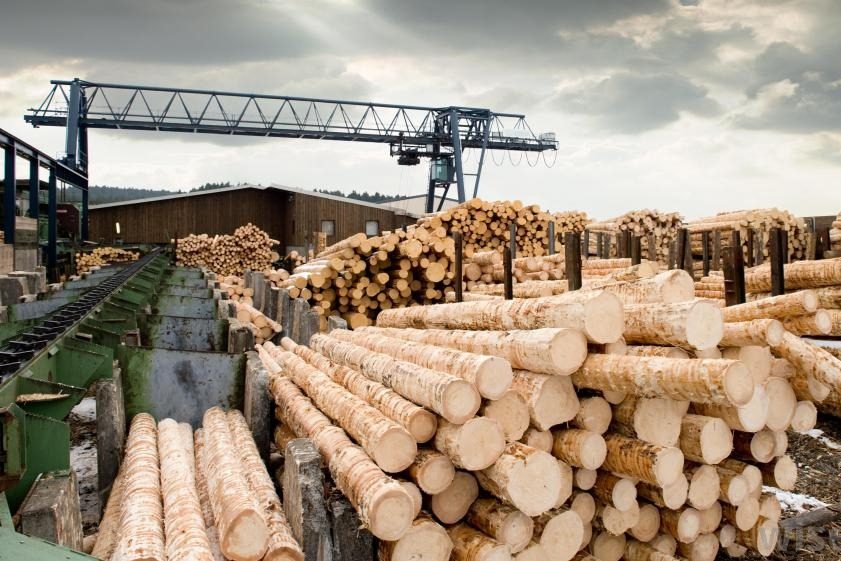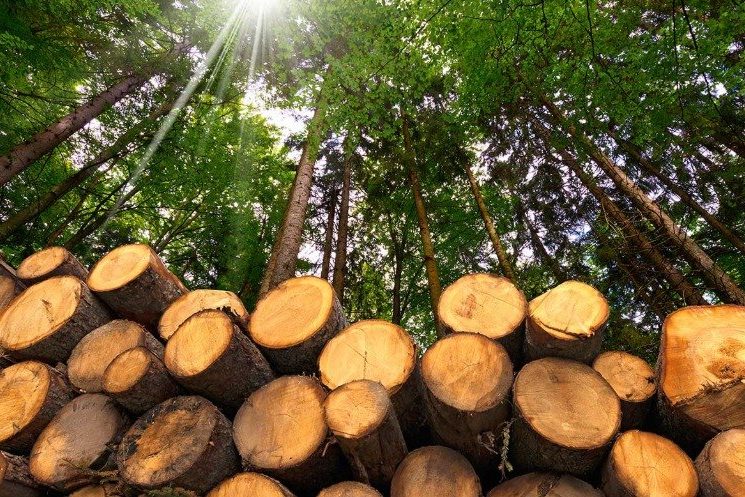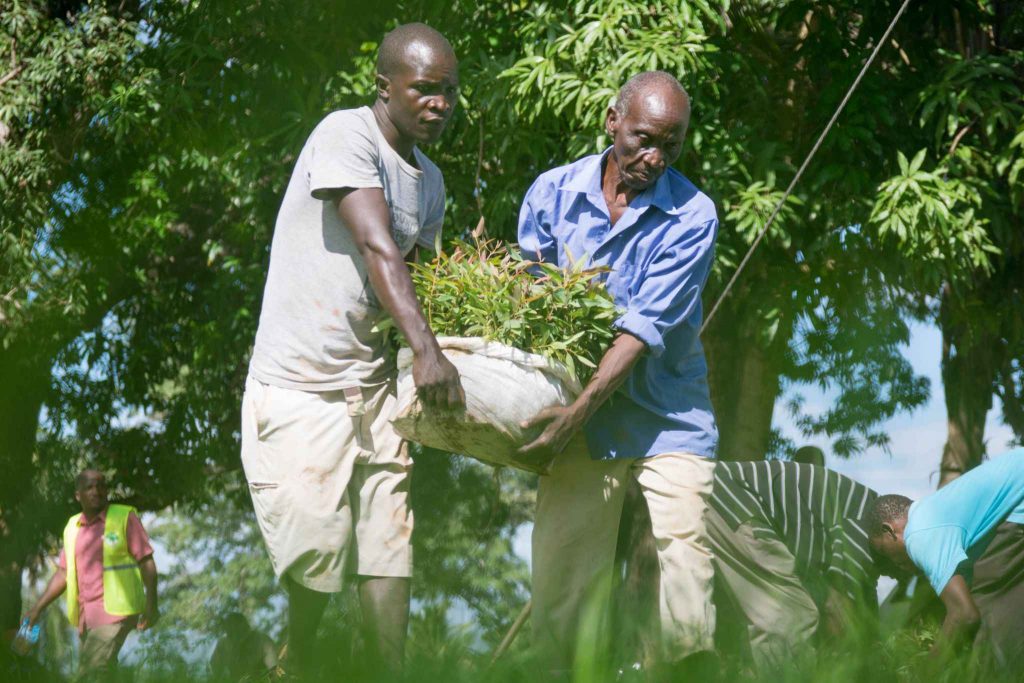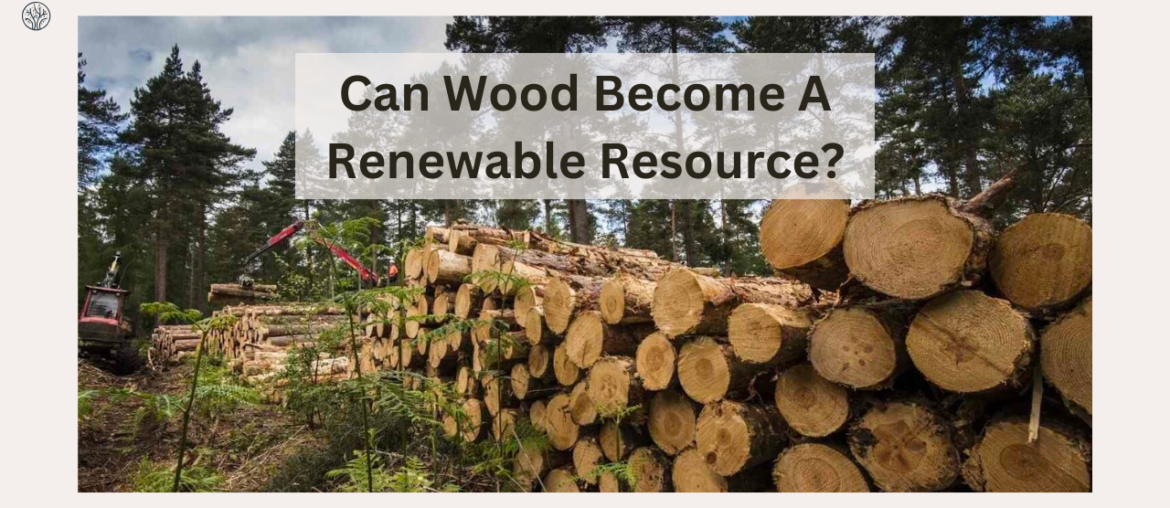Despite the rapid development of mankind, wood remains one of the most important sources of raw materials and energy on the planet. Billions of people depend on it, and every country, every society needs wood as a reserved resource to cope with economic hardships, natural disasters, or fossil energy shortages. The role of wood has even reached new heights, as its ability and importance in addressing the issues of climate change and energy security have been increasingly noticed and appreciated.
With such a special role, it would be great if we could have wood as a renewable resource for our future generations. But, is wood a renewable resource, or can we make it one?
What is a Renewable Resource?
To answer the question “Is wood a renewable resource?”, we first need to understand what renewable resources are. Renewable resources are natural resources that are replenished by Mother Nature over time regardless of human consumption. These resources play an important role in replacing finite, non-renewable resources such as coal and fossil fuels, especially in the field of energy production. The importance of renewable resources lies not only in their abundance but also in their ability to provide cleaner and greener energy alternatives.
Examples of renewable resources are abundant. Solar power, for example, harnesses the sun’s rays to generate electricity. Wind energy, another renewable resource, uses wind power to turn turbines and produce electricity. Geothermal heat, originating from the Earth’s core, provides a steady source of energy without depleting the Earth’s finite resources.
As our global population grows and non-renewable resources become increasingly depleted, the need for renewable resources becomes increasingly urgent. Embracing and harnessing these resources is our path towards a cleaner, greener, and more sustainable world.
Wood – The Key to Future Sustainable Production
The development of science and technology has resulted in the appearance of many new types of materials. And as these materials became more familiar, there was a time when the use of wood in production and construction was considered obsolete and inefficient.
However, in recent years, environmental and climate issues have become a concern of all countries and international organizations. It makes people start to question whether using wood is really inefficient or actually a potential solution for eco-friendly, sustainable production.
The extraction, processing, use, and disposal of man-made materials such as steel or concrete leave huge environmental impacts in terms of energy consumption, carbon balance, and water use. Obviously, we cannot deny the ability of these materials, but overusing them will produce a lot of carbon emissions, one of the main contributors to climate change.
When it comes to wood, it’s a completely different story. Wood is a versatile type of material with huge potential in not only production but also in tackling environmental problems.
There is no limit to the possibilities of wood. You can see the presence of wood in paper, clothing fiber, or even specialty products such as chemicals, pharmaceuticals, and many more. The use of wood in the production of common products as well as in the construction of buildings contributes greatly to the reduction of CO2 in the atmosphere by storing it. According to estimates, 100 cubic meters of wood can effectively store 100 tons of CO2, equivalent to the amount of CO2 produced by 20 cars on the road.
In addition, with extremely low levels of heavy metals and sulfur, using wood as fuel can also reduce the risk of negative weather conditions, especially acid rain caused by sulfur pollution. In case you didn’t know, we can also use wood ash as fertilizer, and this clearly shows you how versatile wood can be.

So, if anyone asks me if the future of sustainable production depends on wood, I would say yes. Of course, this dependency is not absolute, but it’s also very difficult to replace. Expanding the use of wood in production can improve not only the health of forest ecosystems, but also the quality of the environment. However, whether there is enough wood for humans to pursue this sustainable future is another question, especially when deforestation is a matter of global concern.
Is Wood A Renewable Resource? Yes, But With Conditions
In fact, it is not until now that wood is considered a renewable resource. However, it requires diligent reforestation efforts to ensure sustainability.
The Impacts of Non-renewable and Non-sustainable Forestry
Forests are the main source of wood, so basically, logging of all kinds is directly related to deforestation. In theory, we can plant new trees to replace those that have been cut down. Trees are planted, harvested, and replanted, allowing for a continuous cycle of growth and harvest. This sustainable practice enables wood to be categorized as renewable.
However, over-exploitation has degraded the growing conditions of forests, making the trees’ growth rate unable to keep up with the rate of exploitation. And this has left a lot of serious impacts on the environment.
Over-exploitation of forests for fuel, construction, and agriculture, has led to a 46% reduction in global tree numbers since the dawn of civilization. As our infrastructure expands, remote forests become more accessible, exacerbating the problem.
Furthermore, deforestation releases carbon dioxide, a major driver of climate change. Forests are vital carbon sinks, absorbing significant amounts of CO2. Alarming statistics indicate that 10% of global warming can be attributed to forest loss and damage.
Most importantly, forests are biodiversity hotspots, housing 80% of the world’s terrestrial plant and animal species. Forestry practices that neglect responsible management disrupt local ecosystems by diminishing habitats and food sources. This imbalance can lead to the dominance of certain species, jeopardizing the delicate web of life.
Throughout history, a lot of primary forests have disappeared due to logging. Primary forests are not a sustainable source of wood, and we need to understand that once we get our hands on primary forests, we are over-exploiting. This not only destroys ecosystems and biodiversity, but also makes us lose a precious natural resource.
So, How to Make Wood Renewable, Exactly?
In order for wood to truly become a renewable resource, we need to ensure that the amount of wood exploited does not exceed the amount of regenerated wood. Forests cannot regenerate themselves, at least not fast enough to compensate for the rate of exploitation. If we just cut down trees without bothering to plant more and conserve them, then wood will soon become a renewable resource of the past.

Wood serves as one of the primary resources for the production and consumption of any country, and it always will be. Only when forests are well managed can wood be a renewable resource, and when I say well managed, I mean forests should be exploited and replanted efficiently. This requires us to change our approach to forest management and exploitation in a more sustainable direction. But, how can we actually do that?
Constant Conservation – The Basis of Sustainable Forestry
Sustainable forestry is actually not a new concept, as it was first mentioned in several sustainable reports in 2003. However, it remains a vague and confusing concept for many people, mainly due to its contradictory nature. Forestry means cutting down trees, so how can such an activity be a sustainable one?
When it comes to sustainable forestry, we can think of it as a compromise between exploitation and conservation. As mentioned above, the condition for wood to be a renewable resource is to ensure that what is used does not exceed what is re-grown. As logging primal forests is not a part of sustainable forestry, the only solution is to plant more trees and allow new growth to occur before logging those areas again. This is when we talk about the term “secondary forest”.
Secondary forests are the result of primary forests being cut down and regrown to the point where all the original disturbances are gone. As a lot of primary forests are being heavily exploited, foresters are trying to mitigate this situation by conserving and expanding secondary forests.
The potential of secondary forests in terms of providing a renewable source of wood is enormous. Forests, whether primary or secondary, will become wasteland if we do not have a conservation plan after exploitation. However, with constant conservation, secondary forests can serve as an alternative resource to primary forests, providing similar environmental services and functions.

Bottom Line
Constant conservation requires a lot of time and effort. In order to ensure the success of the conservation process of forests in general and secondary forests in particular, the constant participation of all stakeholders plays an irreplaceable role.
Realizing the importance of tree restoration and conservation, Tenere is working with many renowned organizations such as Eden Reforestation Project or One Tree Planted to plant as many trees as possible around the world. We know that forests are an important renewable resource, and constant conservation is one of the best solutions to reduce the pressure on future exploitation and production.









